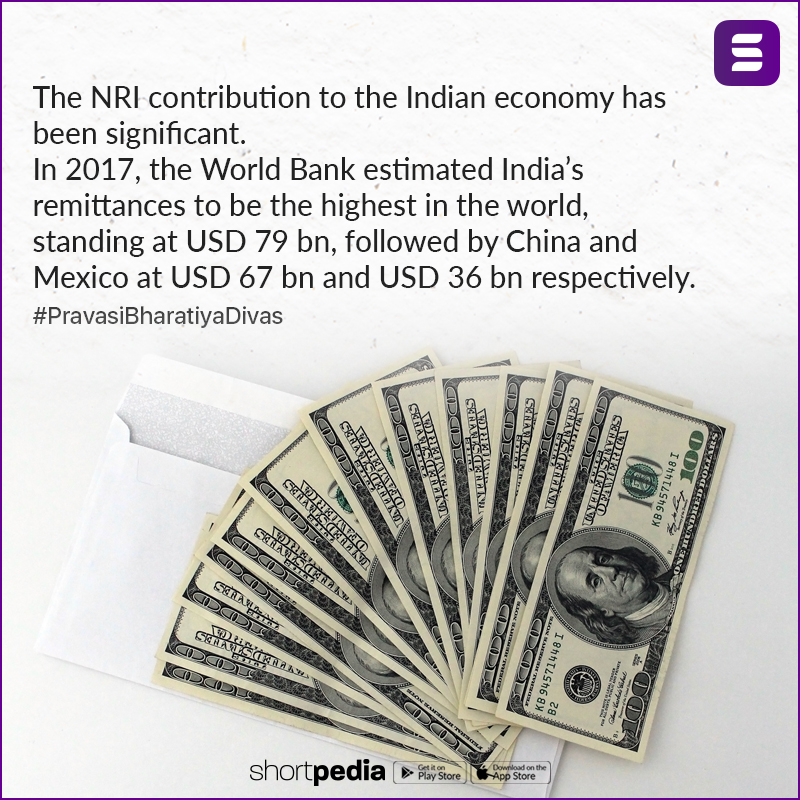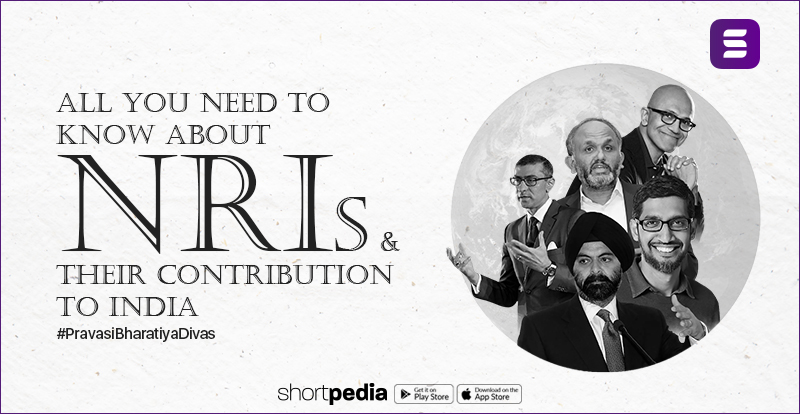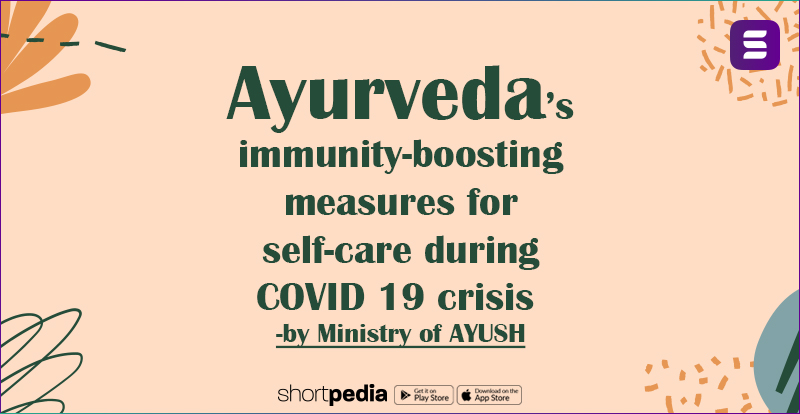1. As per the Income Tax Act of 1961, an Indian citizen who decides to move to a foreign country for employment can be called a non-resident Indian (NRI) if they are not physically present in the country for more than 182 days in a financial year.
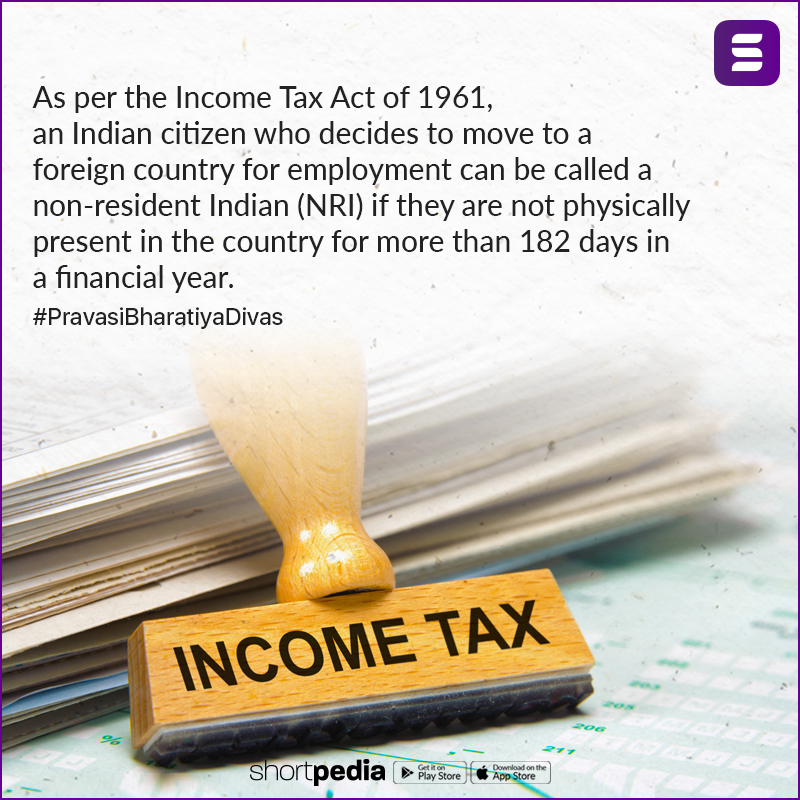
2. According to a report released by the Ministry of External Affairs, India’s NRI and POI (Persons of Indian Origin) population reached 30,995,729 in 2018.
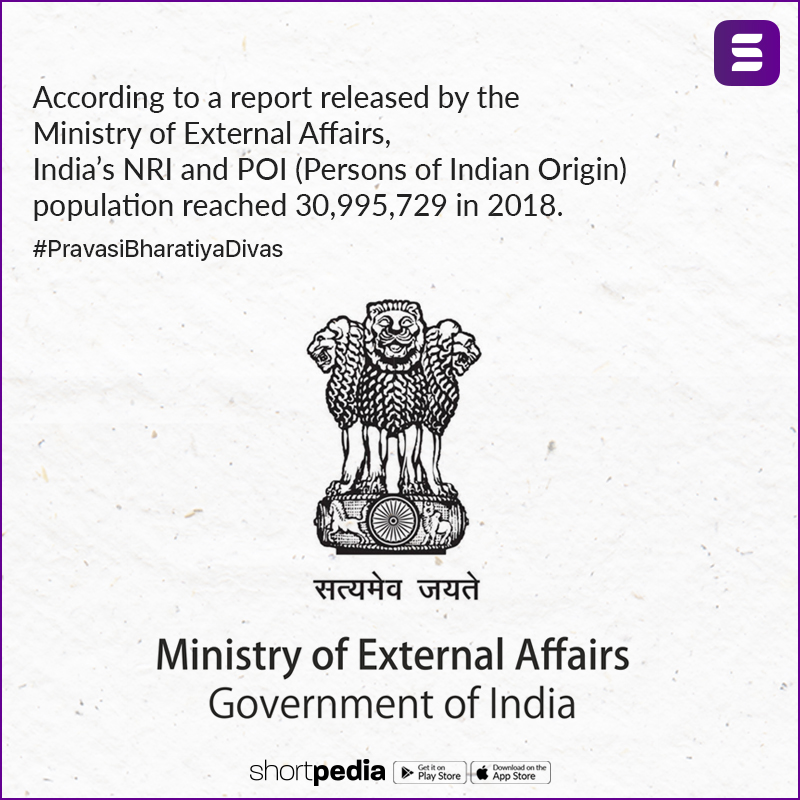
3. Every year, thousands of Indians migrate to other countries in search of better prospects for themselves and their loved ones back home. NRI money transfers to India are channelized towards better education, healthcare, investments, savings, and more.
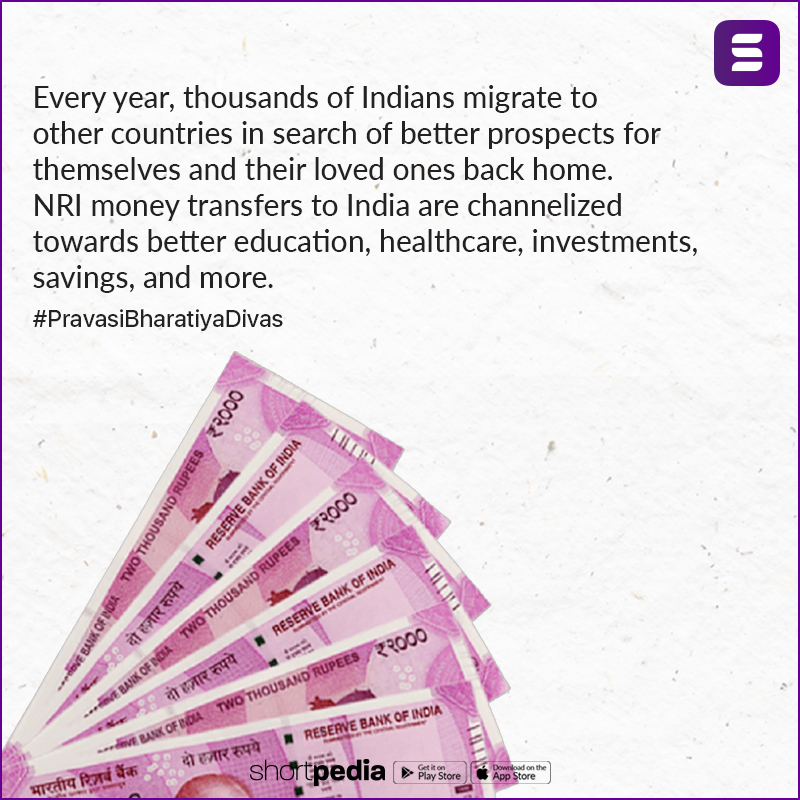
4. Often NRIs are seen supporting charities and have been instrumental in providing financial assistance in times of natural disasters like the recent floods.
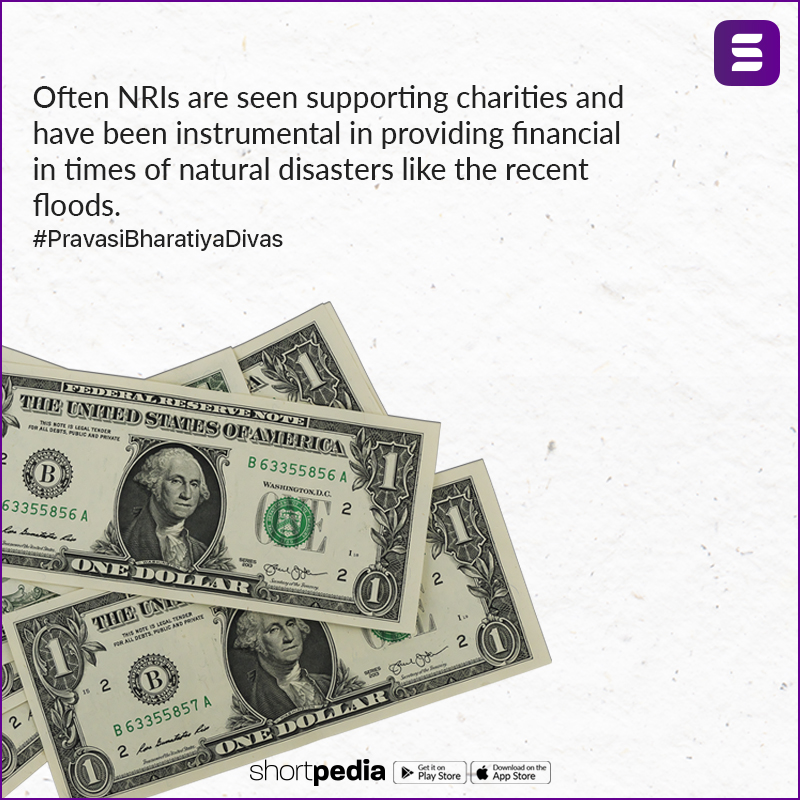
5. Non-residents form only about 1% of the total Indian population but are an integral cog in the system. NRI money transfers, also known as remittances, are a major source of foreign currency inflow in the country.
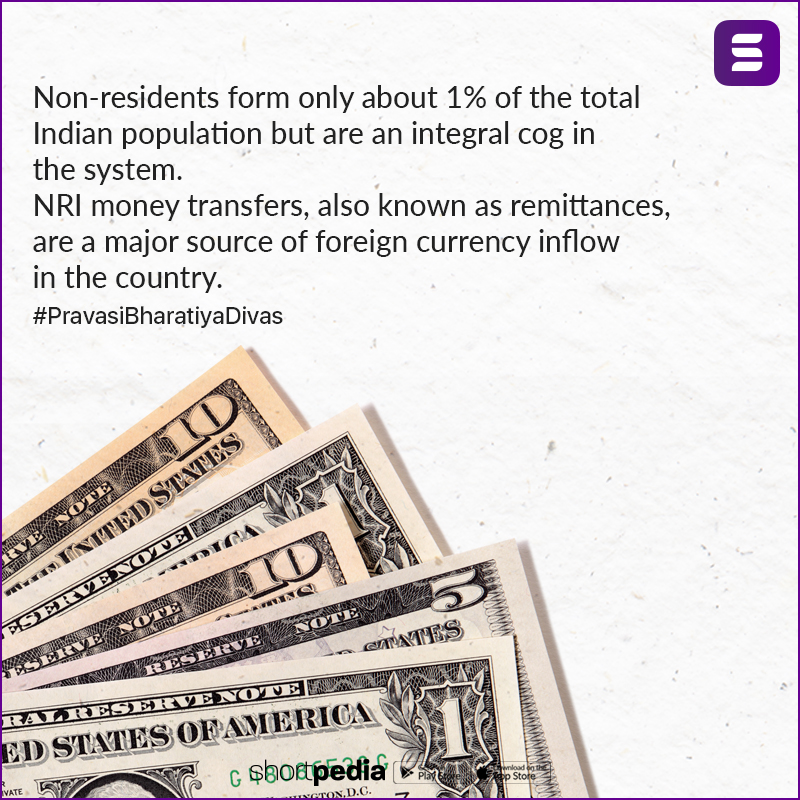
The NRI contribution to the Indian economy has been significant. In 2017, the World Bank estimated India’s remittances to be the highest in the world, standing at USD 79 bn, followed by China and Mexico at USD 67 bn and USD 36 bn respectively.
